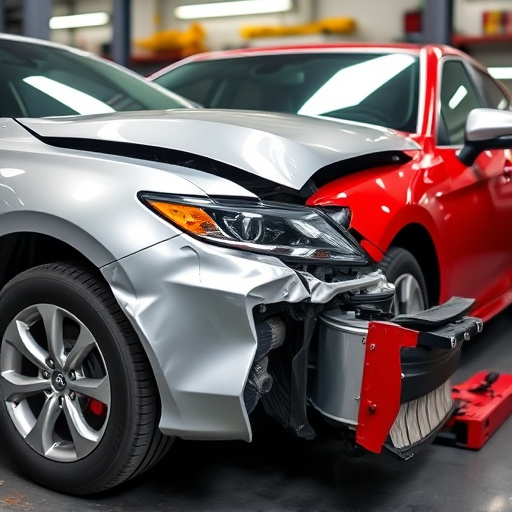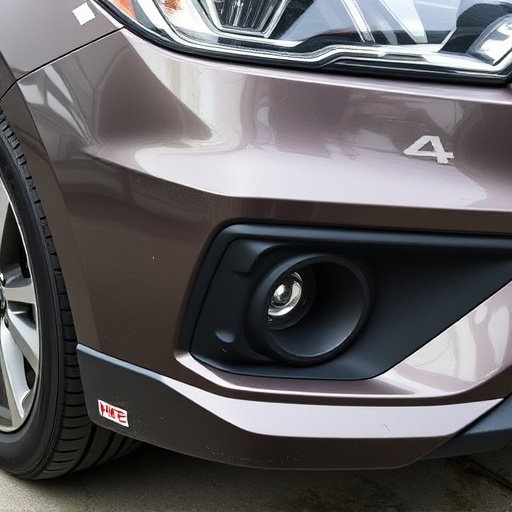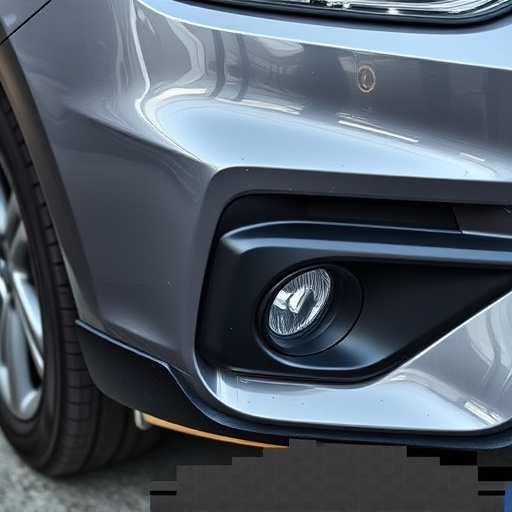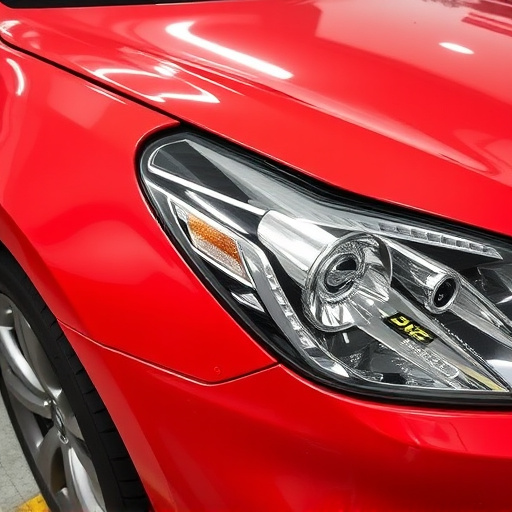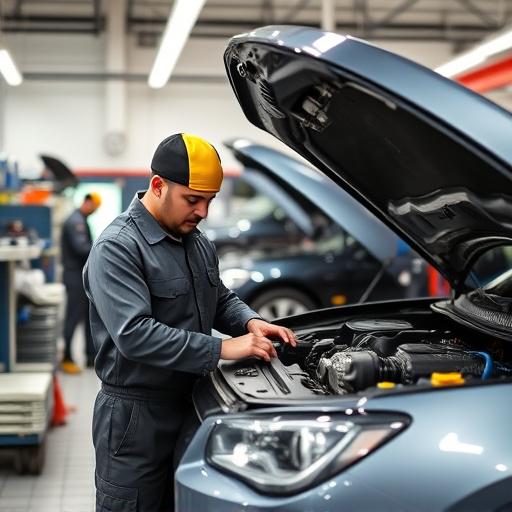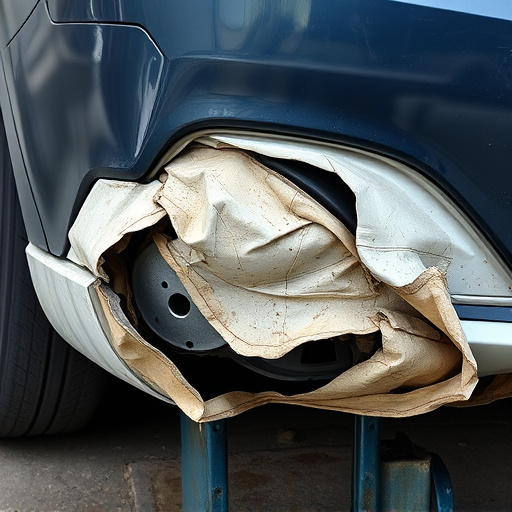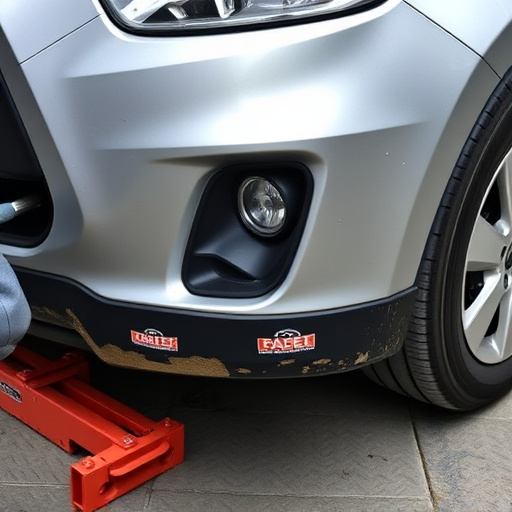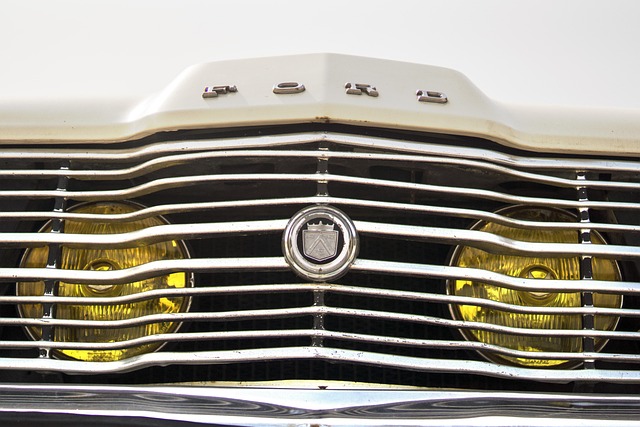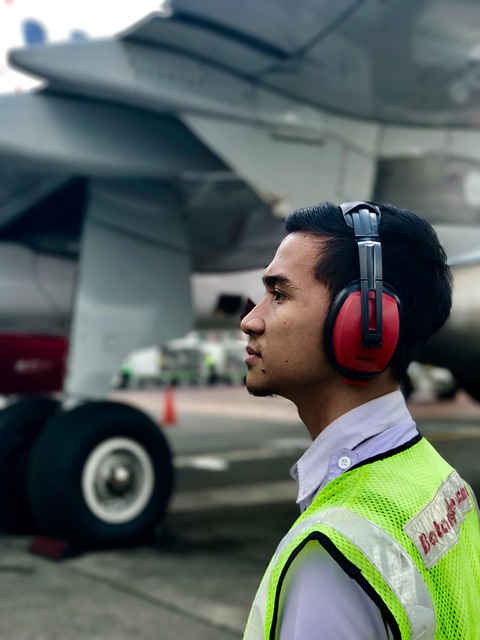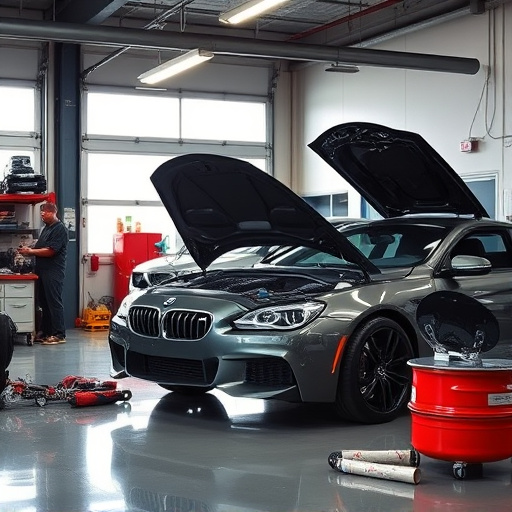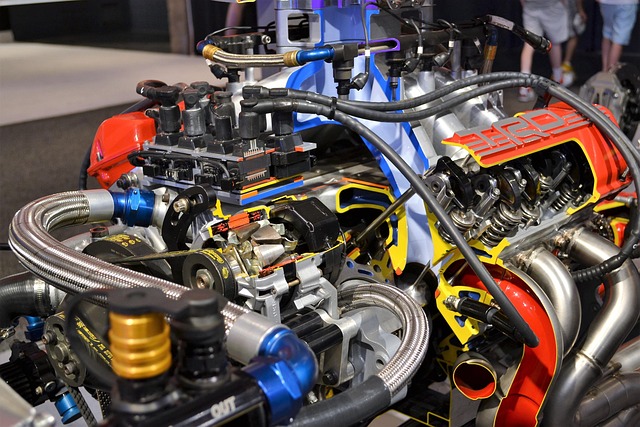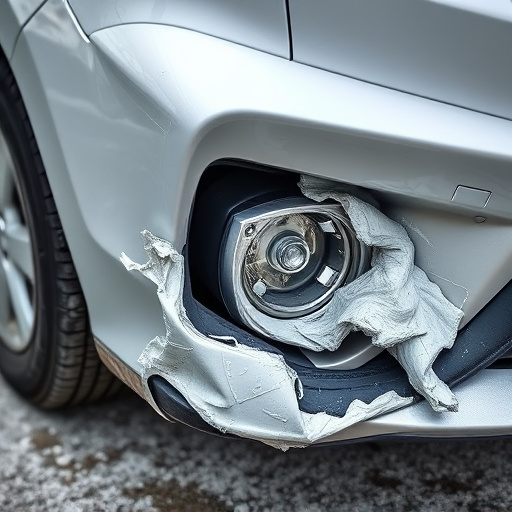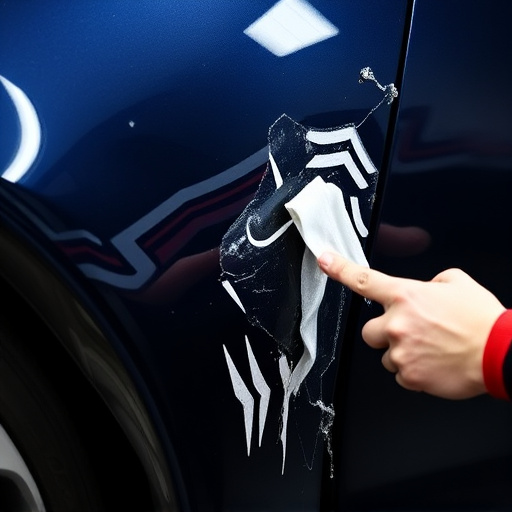Before performing plasma cutting collision repair, prepare thoroughly by assessing damage, gathering tools, setting up a clean workspace, and donning PPE to protect against sparks and debris. Ensure proper ventilation, ground equipment, and regularly inspect and maintain your plasma cutter. Use dry cutting or suitable gas for enhanced safety when repairing auto body components made of steel, aluminum, or certain plastics using this advanced technology. Prioritize safety and efficiency in the workshop environment to deliver high-quality results in less time.
Plasma cutting has revolutionized collision repair, offering precision and efficiency in metal fabrication. This advanced technique, however, demands meticulous preparation and safety measures to ensure optimal results without compromising worker well-being. This article delves into the intricate world of plasma cutting collision repair, providing expert tips for every step of the process. From understanding the basics and mastering techniques to post-cutting restoration, you’ll gain valuable insights for achieving seamless repairs on diverse materials.
- Preparation and Safety Measures for Plasma Cutting Collision Repair
- – Understanding the process and its impact
- – Essential safety gear and environment setup
Preparation and Safety Measures for Plasma Cutting Collision Repair

Before beginning any plasma cutting collision repair, thorough preparation is key to achieving precise and high-quality results. This involves assessing the damage, gathering the necessary tools and materials, and setting up a workspace that is both clean and organized. Protecting yourself with appropriate personal protective equipment (PPE), including gloves, safety glasses, and a respirator, is essential to prevent injuries from sparks, debris, and potential toxic fumes. Additionally, ensuring proper ventilation in the work area is crucial for maintaining air quality during the cutting process.
Safety measures should be at the forefront of your priorities throughout the entire plasma cutting collision repair process. This includes establishing a clear, obstacle-free path for movement to prevent accidents and ensuring that all electrical connections and equipment are properly grounded to mitigate risks associated with electricity. Regularly inspecting and maintaining your plasma cutter, as well as using dry cutting or appropriate cutting gas to minimize debris and spark dispersion, are also vital safety precautions in the auto body services industry.
– Understanding the process and its impact

Plasma cutting collision repair is a specialized process that involves using plasma arc technology to cut and shape metal. This method has revolutionized vehicle repair services, offering precise and efficient results for both structural repairs and intricate metal fabrication tasks. By ionizing gas into a high-velocity plasma stream, this technique can precisely cut through various materials, including steel, aluminum, and even some plastics, making it a versatile tool in the automotive industry.
Understanding the impact of plasma cutting collision repair goes beyond its technical capabilities. It significantly reduces the time required for complex repairs, minimizing downtime for vehicle owners. Moreover, the precision it offers ensures minimal heat-affected zones, preserving the integrity and original appearance of vehicle components, especially in delicate areas like body panels and fenders. This advanced technique is a game-changer in vehicle paint repair, tire services, and overall collision repair processes, providing both cost savings and superior quality outcomes.
– Essential safety gear and environment setup
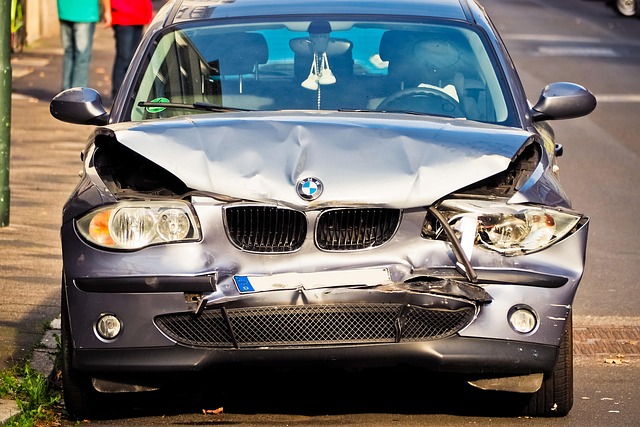
Before beginning any plasma cutting collision repair, ensuring proper safety gear and a well-prepared workspace is paramount. This includes donning protective clothing such as heat-resistant gloves, goggles, and long sleeves to shield against potential splashes or sparks. A properly ventilated area is crucial, especially since plasma cutters produce hot gasses and fine metal particles that can be harmful if inhaled. Setting up your workbench with a secure table or stand for the cutter, along with easy access to water for cooling and extinguishing any sparks, is essential for a safe working environment.
For Mercedes Benz repair or auto collision repair involving plasma cutting, establishing these safety measures not only protects you but also ensures the precision and quality of the subsequent repairs. A clean, organized space allows for seamless work flow, enabling technicians to focus on the task at hand without distractions, ultimately leading to more accurate and efficient plasma cutting collision repair.
Plasma cutting collision repair is a precise, efficient method for restoring damaged metal, but it requires careful preparation and adherence to safety protocols. By understanding the process, investing in proper safety gear, and ensuring an optimal workspace, professionals can achieve high-quality results while minimizing risks. Integrating these advanced tips into your workflow will enhance the accuracy and efficiency of plasma cutting collision repair projects.
